Astrophytum asterias
Astrophytum asterias is a species of cactus in the genus Astrophytum, and is native to small parts of Texas in the United States and Mexico. Common names include sand dollar cactus, sea urchin cactus, star cactus and star peyote.
Astrophytum asterias is small, round, spineless and squat, reaching a height of 2.5-6 cm (1-2 in) and a diameter of 5=15 cm (2-6 in). The disc-shaped body is divided into 7-10 sections, known as ribs; in the middle of each rib there are woolly areoles. The body is a greenish-brown colour and may appear speckled from its covering of white scales (trichomes). The flowers of this cactus are yellow with red bases and the outer parts are very woolly. Green to pink oval fruits are produced; the outside coat is covered with woolly hairs.
As with certain other slowly maturing cacti, A. asterias is listed as endangered by the United States Fish and Wildlife Service, vulnerable on the International Union for Conservation of Nature’s Red List, and critically imperiled by The Nature Conservancy. It is listed on Appendix I of the Convention on International Trade in Endangered Species of Wild Fauna and Flora (CITES), meaning that commercial international trade in wild-collected specimens is prohibited.
Despite this protection, illegal collection continues to threaten the future of this species. and its decline in the wild has been largely attributed to over-collection and poaching. It is sometimes accidentally harvested due to its similarity to the closely related and coexisting peyote (Lophophora williamsii). Other contributing factors are thought to be urban development and herbicides. Habitat destruction has been, and remains, the major cause of the decline in this species; vast areas have been converted to agricultural use and road construction. In Texas, mechanical and chemical bush clearing techniques together with the introduction of invasive grasses have had devastating effects.

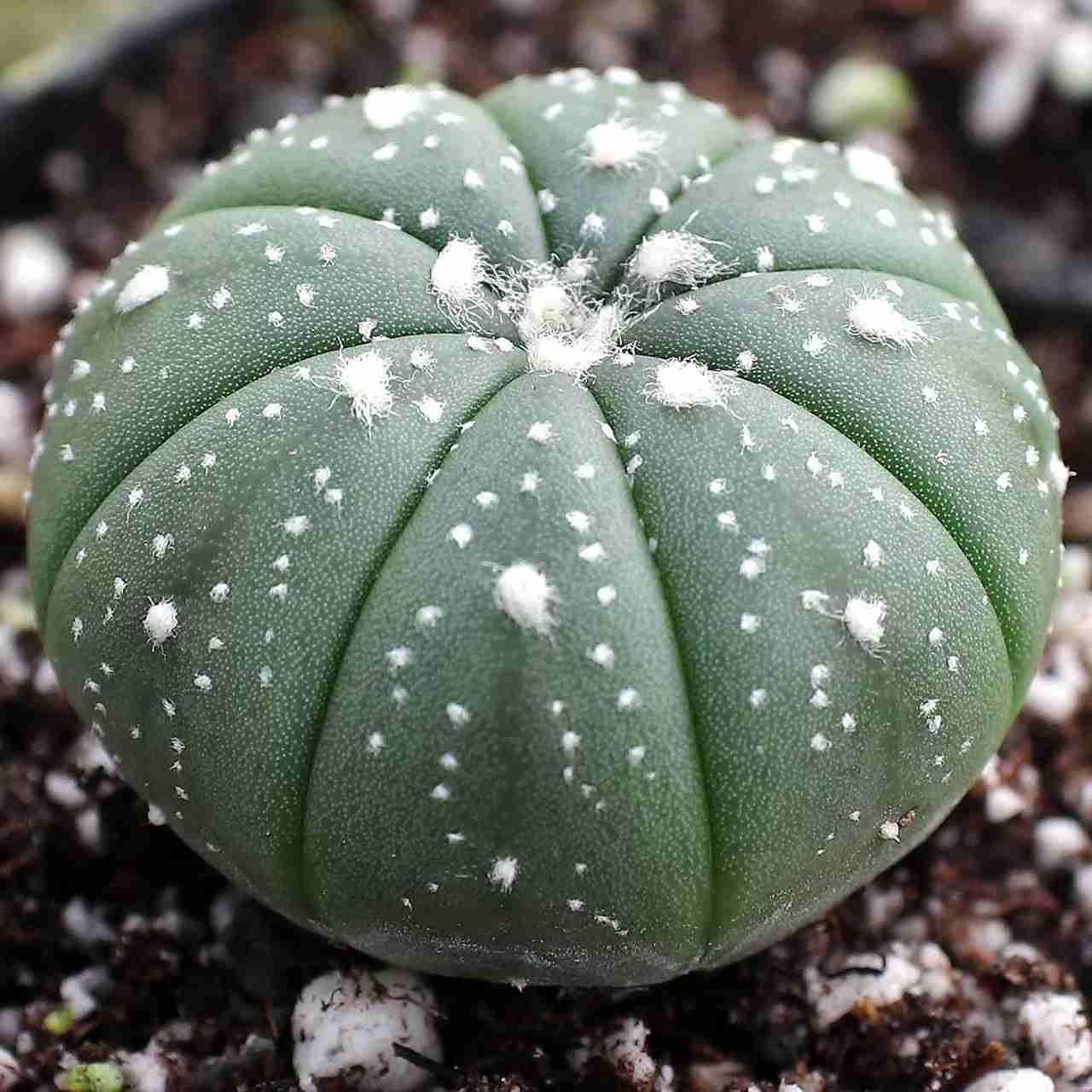
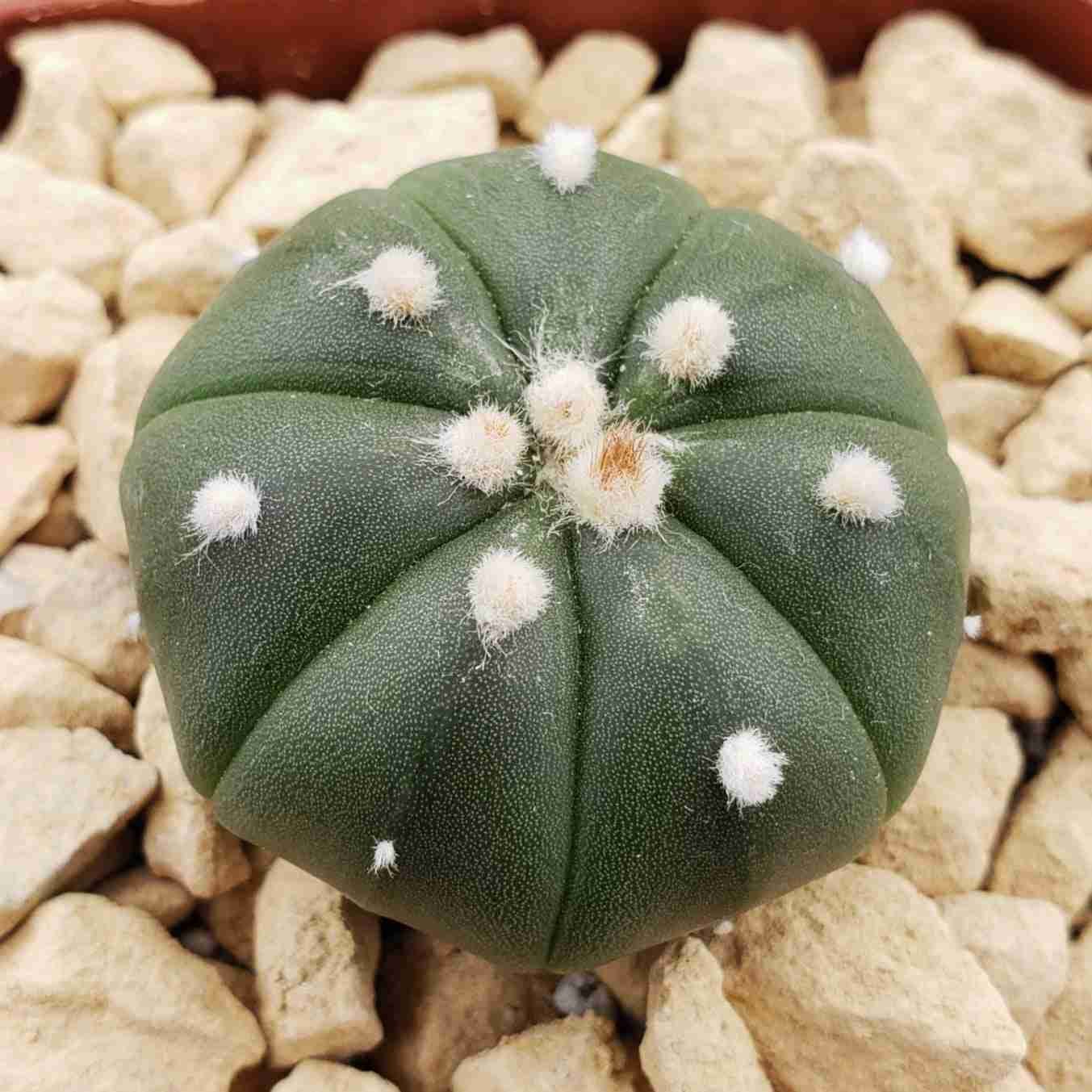
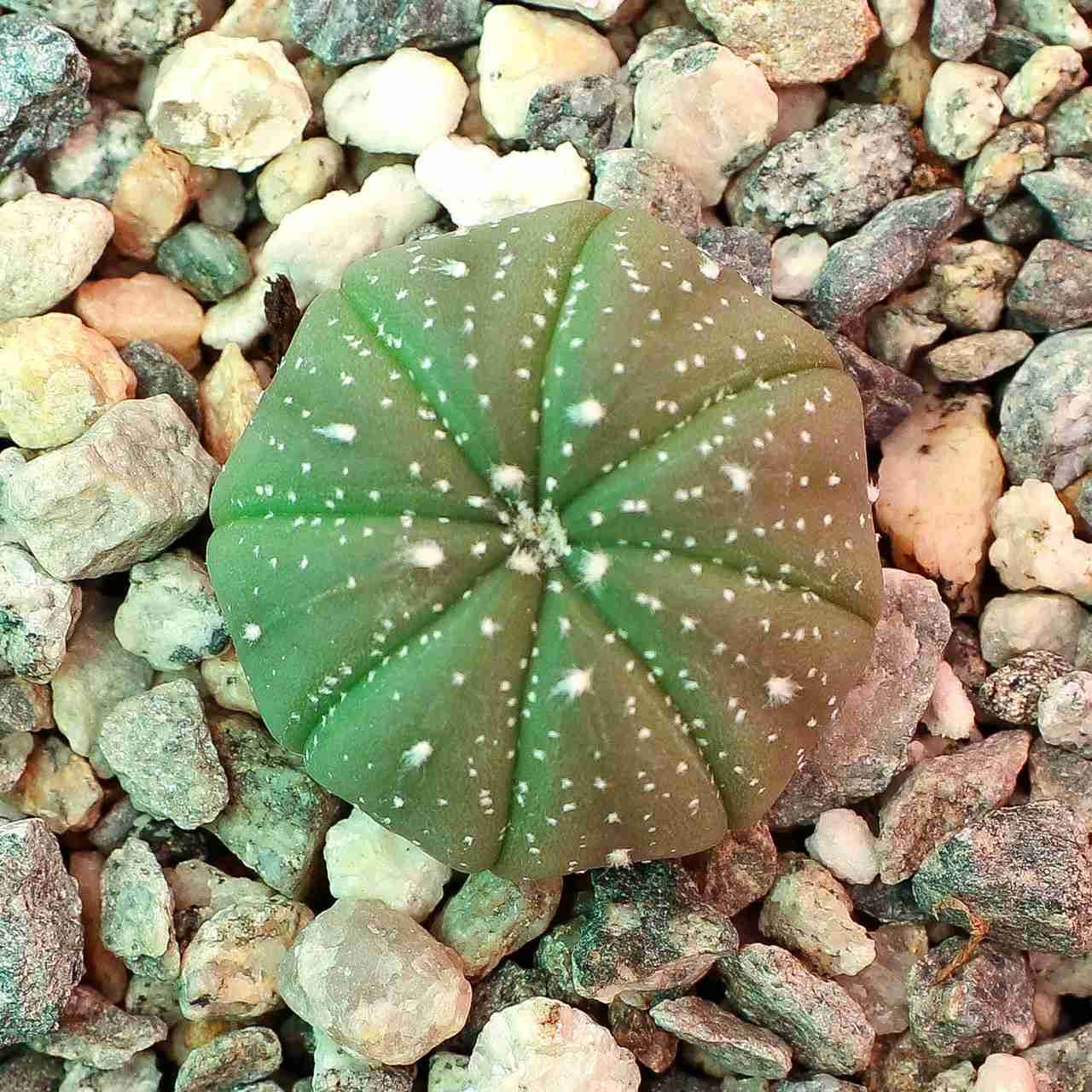

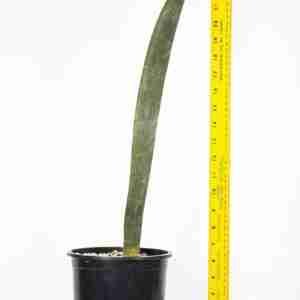
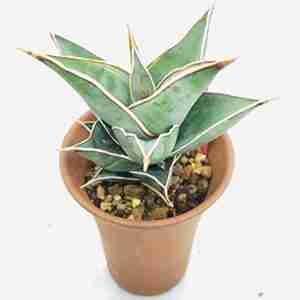

Reviews
There are no reviews yet.